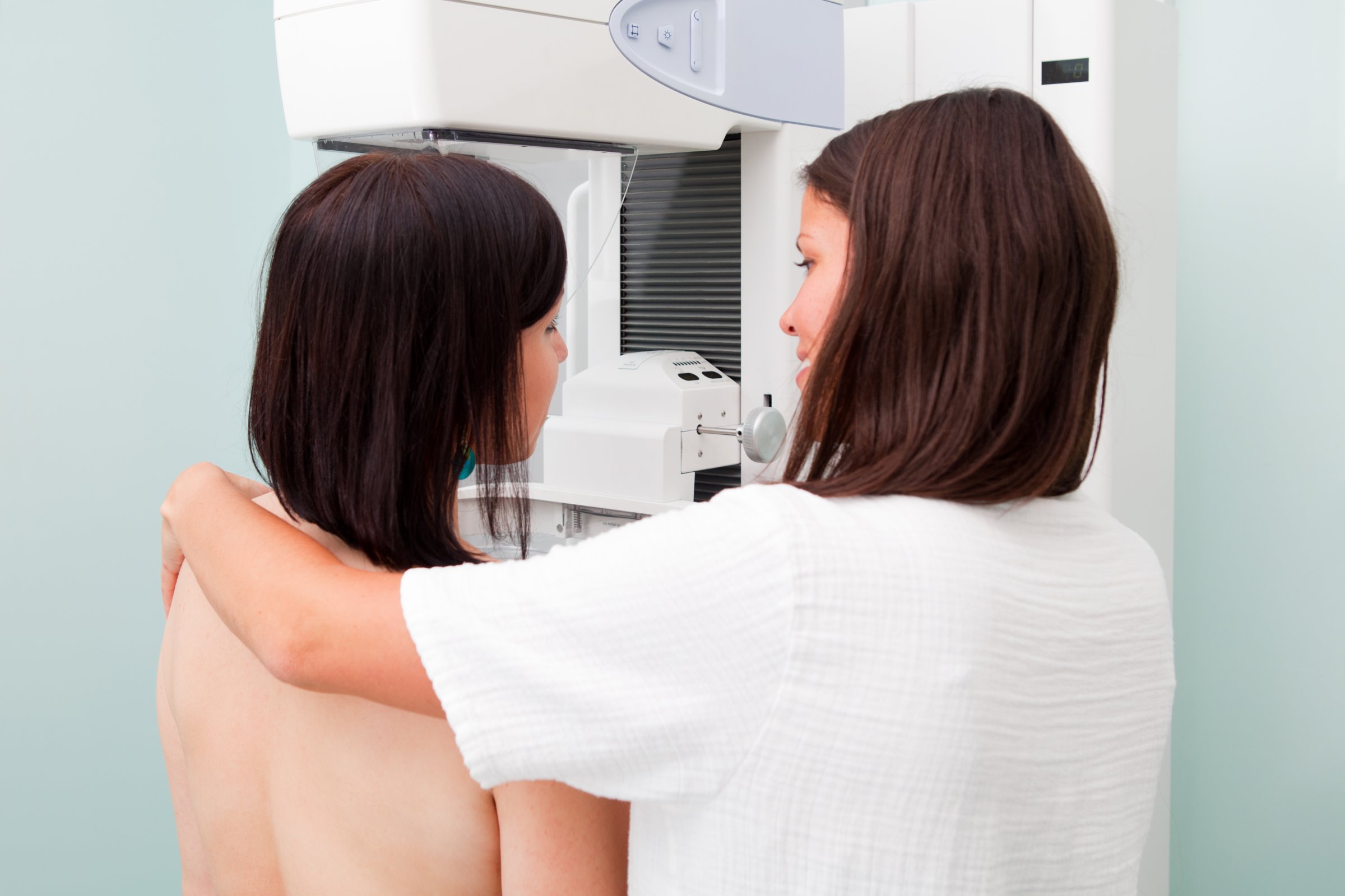
Six years ago, the U.S. Preventive Services Task Force (USPSTF) caused a stir when it changed long-held breast-cancer-screening recommendations and advised women to wait until age 50 rather than 40 to start getting mammograms. The task force also said women should do it every other year, and women under age 50 were told that the choice to get mammograms at their age was an individual one.
In the intervening years, that’s become a less controversial opinion, partially because of growing evidence that too much screening can lead to anxiety-ridden false-positive results, overdiagnosis and overtreatment. On Monday, the USPSTF released its updated recommendations, which look very similar to the recommendations released in 2009.
The new draft guidelines suggest women ages 50 to 74 get a mammogram every two years and women ages 40 to 49 should make their own decision on whether to start screening in consultation with their doctors. The task force also concluded that there was not enough evidence to make a recommendation for or against mammograms for women ages 75 and older, 3-D mammography or additional screening besides mammograms for women who have dense breasts. The guidelines will now undergo a public commenting period, and you can send in comments here.
“In 2009, to suggest that mammography has limitations and that it has harms and that we need to look at the balance was not the way most people were thinking about it,” says Dr. Michael L. LeFevre, past chair of the USPSTF. “Much has been written about mammography in the last five years. I think people understand that it is a good test, it’s not a perfect test, and that there may be some significant harms associated with it.”
The task force added a nuance in the new guidelines that highlights which women might want to consider mammography more strongly, saying women in their 40s who have had a mother, sister or daughter with breast cancer are at a higher risk, and may benefit from mammography at a younger age than women who are at an average risk.
MORE: Diagnosed With Breast Cancer? Get a Second Opinion
In the past year, there’s been compelling evidence in support of the 3-D mammogram as an accurate — and perhaps better — screening tool. One June study showed 3-D mammograms can pick up more breast cancers and lead to fewer callbacks for more testing than 2-D mammography. LeFevre says that while it’s a promising technology, he doesn’t think there is enough evidence to prove if it will result in improved health. “We are going to have to see more than just detection. There have to be more studies that look specifically at the outcomes in order for us to be certain,” he says.
Despite the fact that the mammogram recommendations happened over six years ago, many doctors still insist on yearly mammograms for their patients over age 40. The American Cancer Society also continues to recommend that women age 40 and up get yearly mammograms.
“There are plenty of women in the position with people just telling them you need to have a mammogram every year. I am somewhat embarrassed to admit that is still going on,” says LeFevre. “On the other hand, I think women are being more proactive about their discussions of mammography, and I think that’s reflective of the environment change we are in.”
The task-force guidelines are intended for women ages 40 and up who do not show signs of breast cancer, have never had breast cancer and do not have risk factors like a genetic mutation that put them at higher risk. High-risk patients should consult with their doctor for an individualized screening plan.
“Mammography helps. We can reduce women’s likelihood of dying of breast cancer by undergoing some regular screening at some interval during certain ages. That’s a common theme across almost all organizations that look at this,” says LeFevre. “We think we should be doing it in a way where we maximize the balance of benefits and harms. That’s our topline message and that’s what I hope women hear.”
More Must-Reads from TIME
- Why Trump’s Message Worked on Latino Men
- What Trump’s Win Could Mean for Housing
- The 100 Must-Read Books of 2024
- Sleep Doctors Share the 1 Tip That’s Changed Their Lives
- Column: Let’s Bring Back Romance
- What It’s Like to Have Long COVID As a Kid
- FX’s Say Nothing Is the Must-Watch Political Thriller of 2024
- Merle Bombardieri Is Helping People Make the Baby Decision
Contact us at letters@time.com